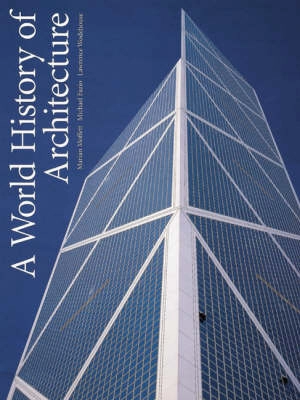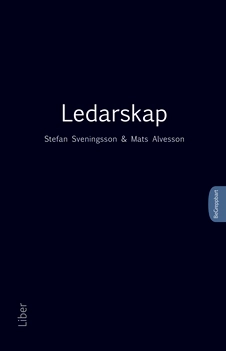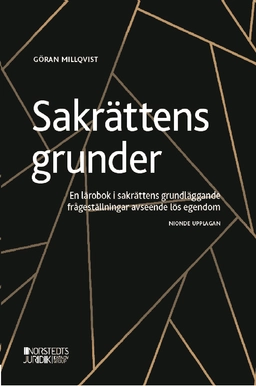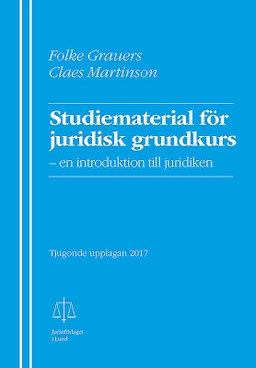In about 40 BCE the Roman architect and engineer Vitruvius declared firmitas, utilitas, and venustas -- firmness, commodity, and delight -- to be the three essential attributes of architecture. These qualities are brilliantly explored in this book, which uniquely comprises both a detailed survey of Western architecture, including Pre-Columbian America, and an introduction to architecture from the Middle East, India, Russia, China, and Japan. Written in a clear and engaging style, the text encourages readers to examine closely in photographs and line drawings the pragmatic, innovative, and aesthetic attributes of buildings, and to imagine how these would have been praised or criticized by contemporary observers. Architecture is discussed in various contexts -- artistic, economic, environmental, political, social, and technological -- so as to determine the extent to which buildings met the needs of clients, society at large, and future generations. This book also examines the unique methods of great architects past and present. Among them are Alvar Aalto, Robert Adam, Leon Battista Alberti, Filippo Brunelleschi, Gustave Eiffel, Peter Eisenman, Antonio Gaudi, Frank Gehry, Walter Gropius, Imhotep, Le Corbusier, Charles Rennie Mackintosh, Michelangelo, Glenn Murcutt, Andrea Palladio, Eero Saarinen, Koca Sinan, Louis Sullivan, Christopher Wren, and Frank Lloyd Wright. The global reach of the text is matched by a rich assortment of photographs from the world over and a greater array of detailed line drawings than can be found in any architectural survey. The authors have created a formidable body of work that ranges over much of the worlds architectural heritage and testifies to some of the greatest achievements of the human spirit
Åtkomstkoder och digitalt tilläggsmaterial garanteras inte med begagnade böcker





















